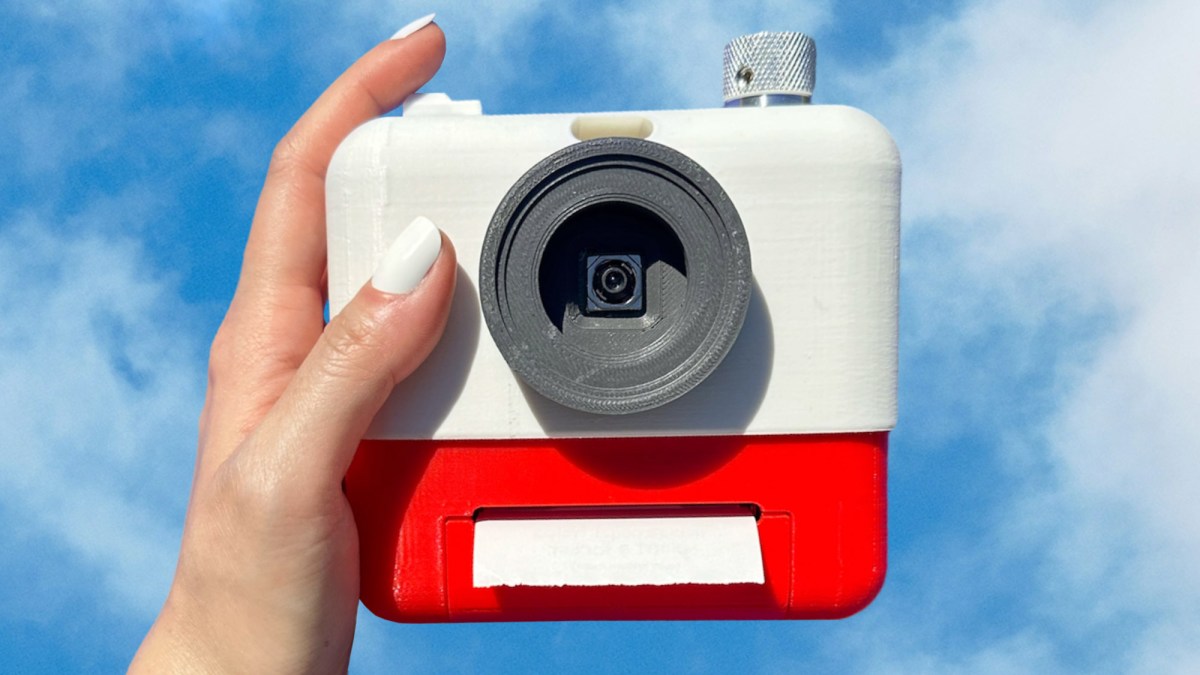
In the realms of innovation and creativity, a refreshing project emerges that ambitiously seeks to marry technology with the art of poetry. Kelin Carolyn Zhang and Ryan Mather, both pioneers in their respective fields, have unveiled their latest creation: the Poetry Camera. This device is not just a blend of sophisticated technology and artistic endeavor but a testament to the endless possibilities that arise when two seemingly disparate worlds collide.
At its core, the Poetry Camera diverges from traditional digital devices. Beyond capturing images, it is designed to elevate photography into a novel form of artistic expression—generating poetry based on the visuals it encounters. This concept, as intriguing as it sounds, is powered by Artificial Intelligence, pushing the envelope on how we perceive and interact with the world around us.
Zhang and Mather’s journey to realizing the Poetry Camera was fueled by a shared passion for innovation at the intersection of technology and art. From its inception, the duo poured countless hours into developing a device that could seamlessly merge these domains. Their experiments with various AI models have culminated in a device that does more than just take pictures—it crafts verse from vision.
The reaction to the Poetry Camera at social functions has been nothing short of phenomenal. Its ability to generate poetry from photographs sparked curiosity and wonder, quickly making it a focal point of discussion. This initial enthusiasm propelled Zhang and Mather to refine their invention further, even teasing the possibility of moving towards commercial production to make this unique experience widely accessible.
Central to the Poetry Camera’s operation is a Raspberry Pi, which captures the image before a collaboration with OpenAI’s GPT-4 AI model turns these images into poetry. This process involves complex computer vision algorithms and AI interpretation to identify key visual elements before transforming these insights into poetic lines.
During a demonstration, the Poetry Camera was pointed at a Zoom interview setup, resulting in a poignant poem that captured the essence of the moment in words. This demonstration not only showcased the technical prowess of the device but also highlighted its potential to offer a new lens through which to view our surroundings—a blend of the literal and the metaphorical intertwined in verse.
The Poetry Camera stands out by not utilizing a digital display for output. Instead, it prints the generated poems, emphasizing the ephemeral nature of art and interaction in the digital age. According to Zhang and Mather, this choice underscores a commitment to privacy and adds a layer of meaning to the poetry produced, celebrating the transient beauty of the moment captured.
Despite the allure of making the Poetry Camera a commercial product, Zhang and Mather approach such decisions with caution. They balance the excitement of sharing their invention with a commitment to sustainability and mindful consumption. The device began as an open-source DIY project, a testament to the duo’s dedication to accessibility and innovation.
Looking toward the future, Zhang and Mather view the Poetry Camera as more than just a novel gadget. They see it as a bridge between technology and art, hoping to inspire others to explore this fertile intersection. Their project serves as a beacon for the potential of AI to not only mimic human creativity but to forge new avenues for expression and connection.
In a world increasingly dominated by screens and digital interfaces, the Poetry Camera offers a refreshing departure. It invites users to engage with technology and art in a contemplative and hands-on manner. Through this innovative device, Zhang and Mather not only challenge the status quo but also invite us to reimagine the possibilities that lie at the confluence of technology and human creativity.
Source






